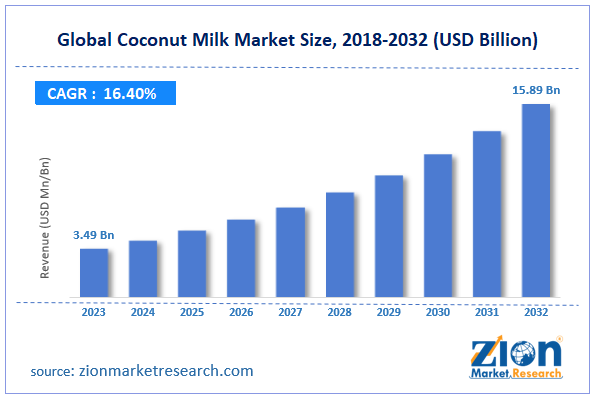When buying or selling a vehicle, one of the most important aspects to consider is the KBB value. The Kelley Blue Book (KBB) is a trusted resource that provides estimates of a vehicle’s value based on various factors, helping both buyers and sellers make informed decisions. Understanding how KBB value works and what influences it can be crucial in determining a fair price for a car, whether you’re purchasing or selling.
What is KBB Value?
KBB value refers to the estimated market value of a vehicle as determined by Kelley Blue Book. This value is widely used by car dealers, private sellers, and buyers to assess the worth of a vehicle. The KBB value takes into account several factors, including the car’s make, model, year, mileage, condition, and location. By providing an unbiased estimate, KBB helps ensure that both parties in a transaction have a common understanding of the vehicle’s worth.
How is KBB Value Determined?
Kelley Blue Book uses a comprehensive process to calculate the KBB value of a vehicle. This process involves analyzing a wide range of data points to arrive at an accurate and fair value. Here’s a look at the key factors that influence the KBB value:
1. Vehicle Condition
One of the most critical factors in determining the KBB value is the condition of the vehicle. Kelley Blue Book categorizes vehicles into different condition levels, such as Excellent, Very Good, Good, Fair, and Poor. The better the condition of the vehicle, the higher its KBB value. Factors such as the interior and exterior condition, mechanical performance, and any necessary repairs are all considered in this evaluation.
2. Make, Model, and Year
The specific make, model, and year of a vehicle also play a significant role in determining its KBB value. Certain brands and models are known for their reliability and durability, which can positively affect their value. Additionally, newer vehicles generally have a higher KBB value than older ones, although certain classic or vintage models may be exceptions due to their rarity and demand.
3. Mileage
Mileage is another crucial factor in calculating the KBB value. Vehicles with lower mileage typically have a higher value because they are presumed to have undergone less wear and tear. Conversely, high-mileage vehicles may have a reduced KBB value due to the potential for more significant mechanical issues or the need for more frequent maintenance.
4. Location
The location where the vehicle is being sold or bought can also impact its KBB value. Different regions have varying demand for certain types of vehicles, which can affect their market value. For example, a 4×4 vehicle may have a higher KBB value in areas with harsh winters, where all-wheel-drive capabilities are more desirable.
5. Market Trends
Current market trends and economic conditions also influence the KBB value. For instance, if gas prices are high, fuel-efficient vehicles may see an increase in value, while gas-guzzling models may experience a decrease. Additionally, supply chain issues or changes in consumer preferences can also affect the KBB value of certain vehicles.
Types of KBB Value
Kelley Blue Book provides different types of KBB values depending on the context of the sale. Each type serves a specific purpose and helps buyers and sellers navigate the car market more effectively.
Trade-In Value
The trade-in value is the amount a dealership is likely to offer you for your vehicle when you trade it in for a new or used car. This value is typically lower than the private party value because dealerships need to make a profit on the resale of the vehicle. Understanding your vehicle’s trade-in value can help you negotiate a fair deal with the dealer.

Private Party Value
The private party value is the estimated amount you could expect to receive if you sell the car directly to another individual. This value is generally higher than the trade-in value because it eliminates the middleman (the dealership). Sellers often use the KBB value as a starting point for setting their asking price in a private sale.
Retail Value
The retail value is the amount a buyer might expect to pay for a vehicle at a dealership. This value is higher than both the trade-in and private party values, as it includes dealer markups, warranties, and any additional services or reconditioning the dealer has provided. Buyers can use the KBB retail value to ensure they are paying a fair price for a vehicle at a dealership.
Using KBB Value to Buy or Sell a Car
Whether you are buying or selling a car, understanding the KBB value is essential for negotiating a fair deal. Here’s how you can use KBB value effectively:
For Sellers
If you’re selling a car, start by checking its KBB value to determine a reasonable asking price. Consider the condition of your vehicle, its mileage, and any recent repairs or upgrades that might increase its value. Listing your car close to its KBB private party value can attract potential buyers while giving you some room to negotiate.
For Buyers
As a buyer, knowing the KBB value of the car you’re interested in can help you avoid overpaying. Compare the seller’s asking price with the KBB value to ensure it aligns with the market rate. If the asking price is significantly higher than the KBB value, you may have grounds to negotiate a lower price.
Negotiating Tips
- Do Your Research: Before negotiating, thoroughly research the KBB value and be prepared to justify your offer or asking price with data.
- Be Flexible: While the KBB value provides a strong foundation, be open to negotiation based on other factors, such as the urgency of the sale or additional features of the vehicle.
- Highlight Vehicle Condition: Whether buying or selling, emphasize the condition of the vehicle during negotiations. A well-maintained car can command a higher price, while any flaws or necessary repairs may justify a lower offer.
The Importance of Accurate KBB Value
Accurate KBB values are essential for maintaining fairness in the car market. Both buyers and sellers rely on these values to make informed decisions and to ensure that transactions are conducted at fair prices. Kelley Blue Book continuously updates its valuation process to reflect current market conditions, ensuring that KBB values remain relevant and accurate.
Conclusion
The KBB value is a vital tool for anyone involved in buying or selling a car. By providing an accurate estimate of a vehicle’s worth, Kelley Blue Book helps ensure that transactions are fair and transparent. Whether you’re trading in a car, selling privately, or buying from a dealership, understanding the KBB value can empower you to make informed decisions and negotiate effectively.
In summary, the KBB value plays a crucial role in the automotive market, offering a reliable benchmark for vehicle pricing. By considering factors such as vehicle condition, make and model, mileage, and market trends, Kelley Blue Book provides a comprehensive assessment that benefits both buyers and sellers. By leveraging the KBB value, you can navigate the car buying or selling process with confidence and achieve a fair deal.



